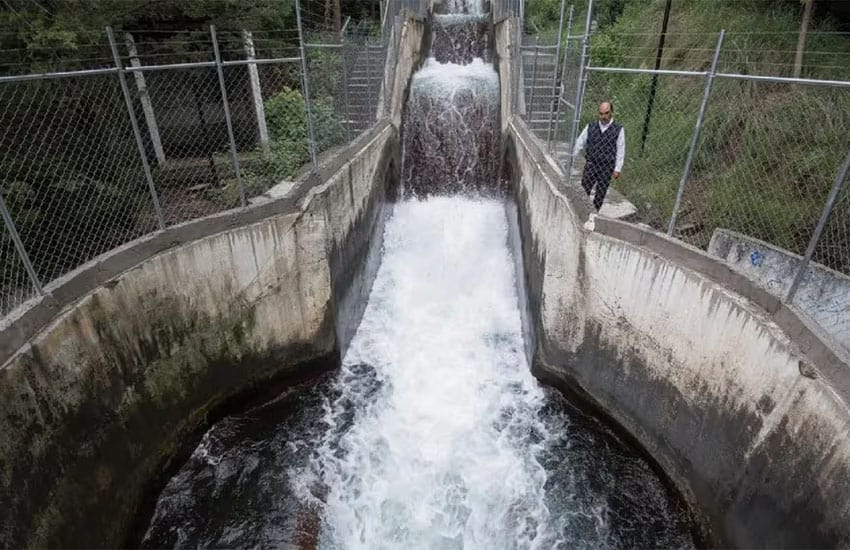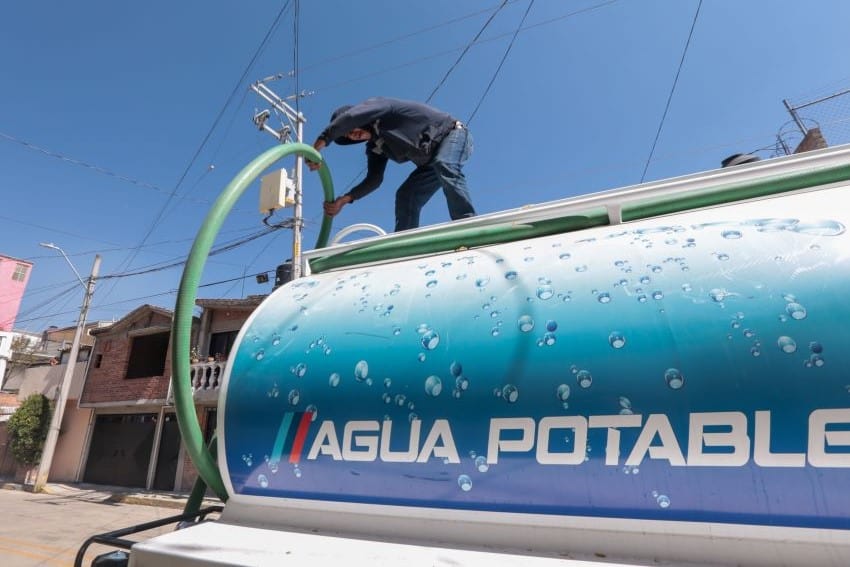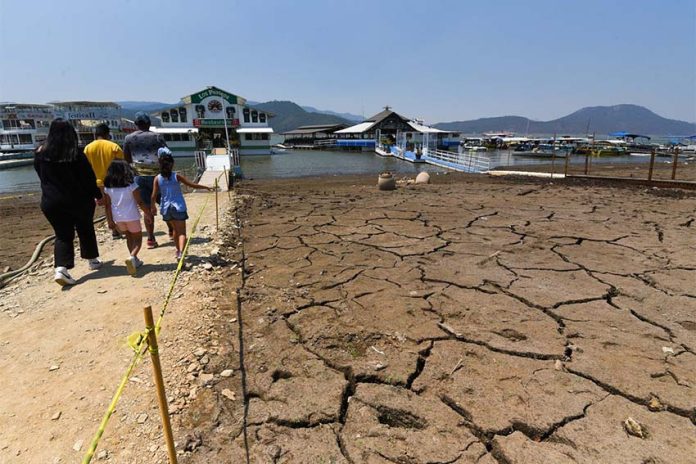Day Zero has come and gone, and although the Cutzamala system is still delivering water to Mexico City — albeit at a reduced rate — its reservoirs are at historic lows.
Lingering drought and extreme heat prompted pundits to proclaim June 26 as potential Day Zero — when Mexico City’s reservoirs would be so reduced that the complex interbasin transfer could stop functioning, leaving Mexico’s capital without water.

Though the projection was overwrought — the Cutzamala supplies only 28% of Mexico City’s water — the shrinking water supply in the system’s seven reservoirs is a legitimate concern.
It was hoped that rain from Tropical Storm Alberto — which slammed into Mexico’s east coast on June 19 and greatly replenished some of northern Mexico’s drastically depleted reservoirs — would replenish the Cutzamala’s reservoirs somewhat. However, accumulated rainfall in greater Mexico City from Alberto was negligible.
The Mexican National Meteorological Service (SMN) forecast heavy rains across the nation this week, but as the newspaper El Financiero reported on Wednesday, Mexico City’s three main reservoirs remain at critically low levels.
Those three reservoirs — in México state’s Valle de Bravo and Villa Victoria and in El Bosque, Michoacán, — are currently at an average 26.18% capacity, a slight increase over their 26.09% average level before Alberto. However, these numbers represent historic lows for Mexico City’s nearly 50-year-old reservoir system.
To give an idea of how drought and heat have impacted the system, the reservoir levels’ average capacity was 39.5% in January.
Recognizing the dire situation, the National Water Commission (Conagua) reduced the flow in the Cutzamala from 8 cubic meters/second to 6 cubic meters/second last Friday. Twelve of Mexico City’s 16 boroughs and 14 municipalities in neighboring México state are serviced by the Cutzamala system.

Conagua said the reduction is necessary to guarantee water over the medium-term because if water in the reservoirs dips below a certain point, the pumps that send the water up 1,100 meters (3,600 feet) to Mexico City will no longer function.
While rain in greater Mexico City has mildly mitigated the Valley of Mexico’s drought conditions, the reservoirs remain in need of replenishment.
Conagua forecast heavy rains across the country this week, and a tropical disturbance tracking across the Caribbean has a 30% chance of becoming a tropical storm, but it remains to be seen if that weather system — heading toward Chetumal, Quintana Roo — will provide any rain to the Mexico City area.
Although Mexico City’s rainy season is expected to last into September, several studies suggest a genuine Day Zero for the Cutzamala is a real possibility.
A joint investigation conducted by the United Nations and the Autonomous Metropolitan University in Mexico City (UAM) projected that a genuine Day Zero is possible in 2028.
The Instituto Belisario Domínguez (IBD) — a state-funded research institute — wrote a report indicating that Day Zero talk should go beyond setting a date and instead prompt a discussion about creating a sustainable reservoir system for Mexico City.
The IBD proposed promoting a culture of respect for water (especially via water capture), investing in infrastructure and establishing penalties for wasting water.
With reports from Infobae, El Financiero and Expansión
